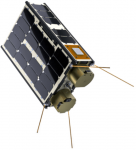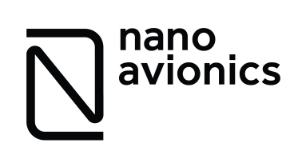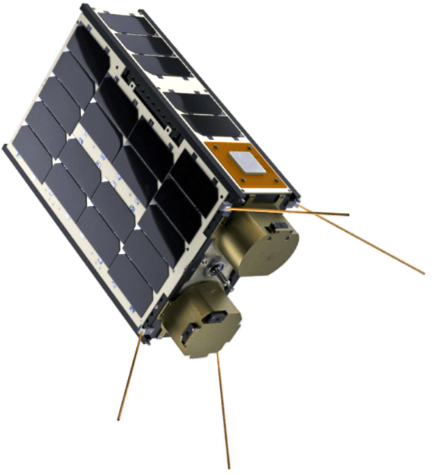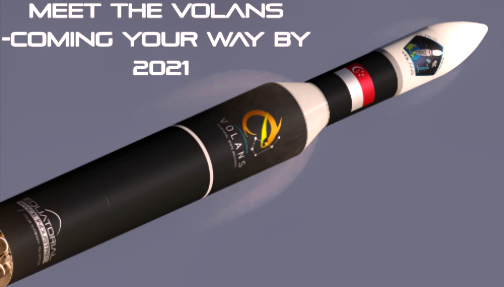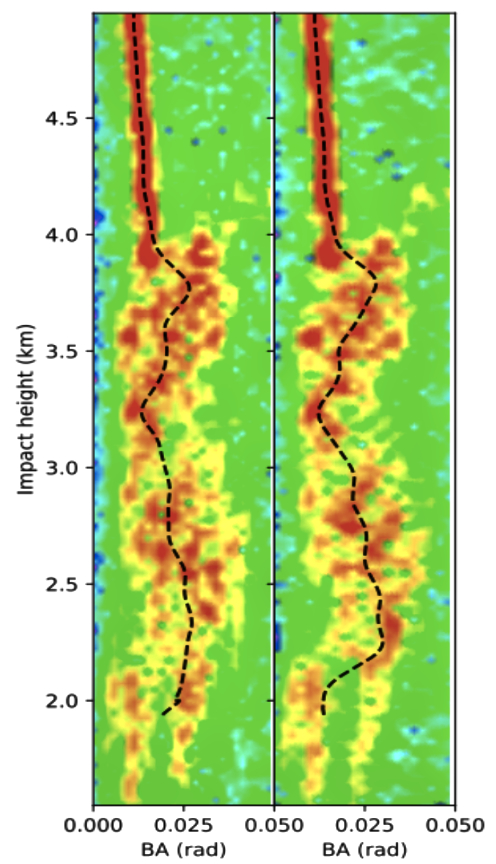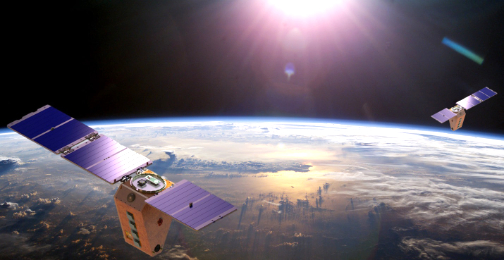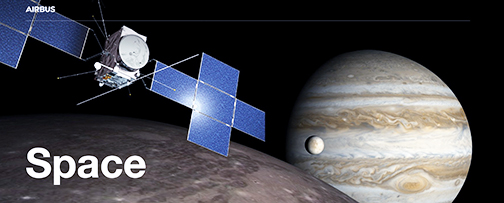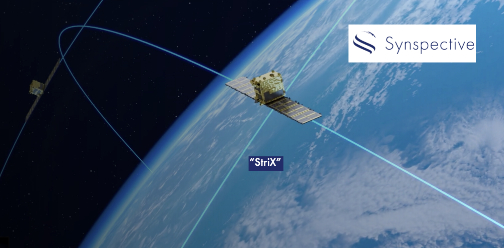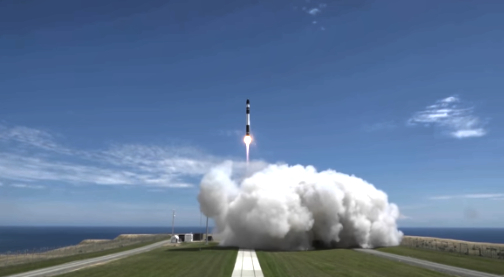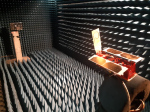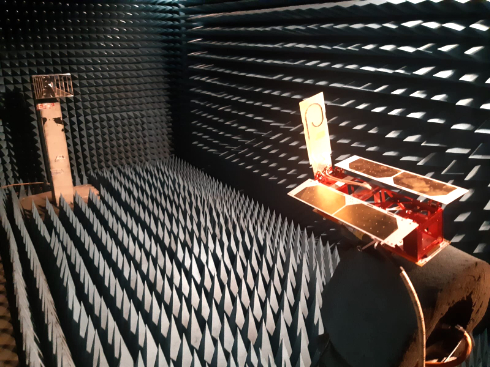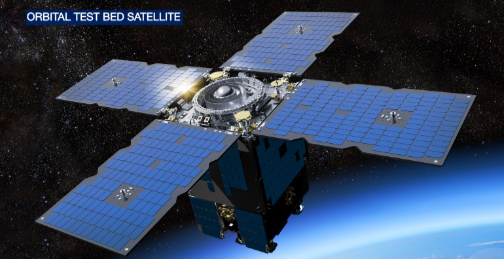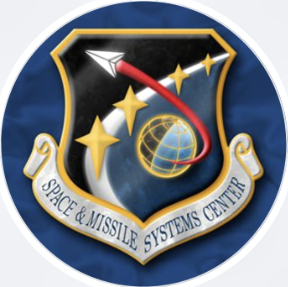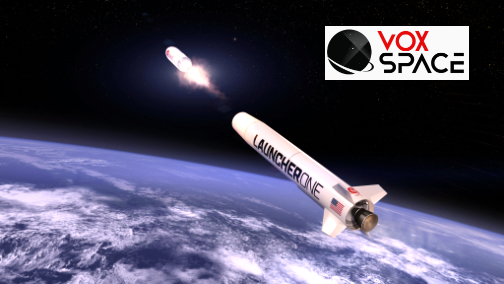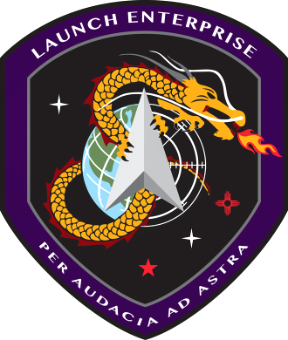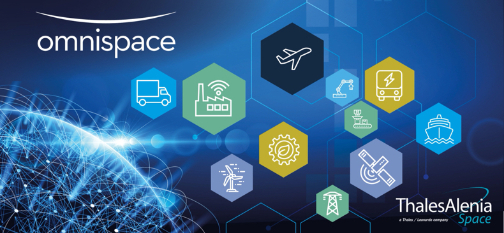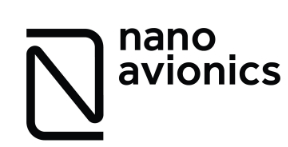
A consortium of Norwegian and Dutch research centers have selected satellite integrator NanoAvionics to build two smallsats, ‘Birkeland’ and ‘Huygens.’

Artistic rendition of the Birkeland and Huygens smallsats on-orbit. Image is courtesy of NanoAvionics.
The purchase order is part of a military use of space (MilSpace) project under a bilateral strategic mutual assistance in research and technology (SMART) memorandum of understanding (MoU). The two nanosatellites are intended to demonstrate the concept of a space based spectrum monitoring system to geolocate radar signals. This is the first time for Norway and the Netherlands to launch a formation of satellites.
The BROS (binational radiofrequency observing satellites) mission is the first known two-satellite system to detect, classify, and accurately geolocate Radio Frequency signals, including navigation radars used on ships, by combining the measurement angle of arrival (AoA) and time difference of arrival (TDOA). Simultaneous detection of pulsed radio signals by both satellites flying in tandem enables accurate geolocation during all weather conditions.
“Birkeland” and “Huygens” will both be based on NanoAvioncs’ pre-configured M6P smallsat bus with a deployable solar panel configuration, high precision attitude determination and control system (ADCS) and a propulsion system. The mass of each 6U nanosatellite will be up to 10 kilograms.
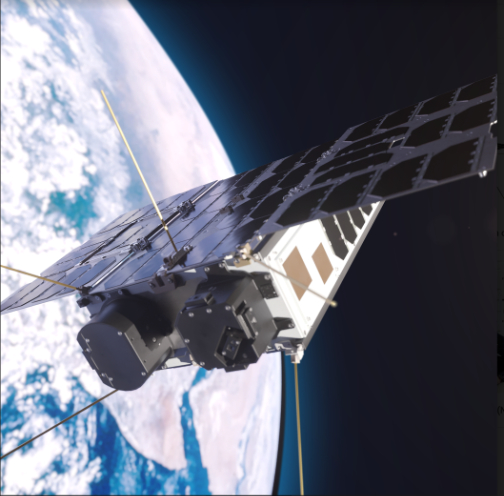
Artistic rendition of a NanoAvionics M6P smallsat on-orbit. Image is courtesy of the company.
The launch of the two smallsats is scheduled for the second quarter of 2022 when they will be placed into a polar LEO with an altitude range of 450 to 600 km. Both smallsats will be positioned in the same orbital plane with a separation of 15 ro 25 km, allowing them to simultaneously detect emissions from radar systems. For a polar LEO orbit of 600 km altitude, the payload antenna will be able to cover any point on the Earth’s surface at least four times per day.
Drawing from experience from the Norwegian NorSat-3 and the Dutch BRIK-II missions, the consortium for this strategic and bilateral mission also expects to gain valuable insights into formation flying. The project team consists of the Norwegian Defence Research Establishment (FFI), the Royal Netherlands Aerospace Centre (NLR) and Netherlands Organisation for Applied Scientific Research (TNO).

Vytenis Buzas
Vytenis J. Buzas, Co-Founder and CEO of NanoAvionics, said that exchanging science, research and technology experience in this MilSpace mission is a great start for flourishing partnerships with the participating organizations. The agreement is also an example of the new cross over between commercial and military space missions. This was made possible by standardizing NanoAvionics’ bus design, which allows the firm’s nanosatellites to host a wide variety of payloads for diverse applications.


